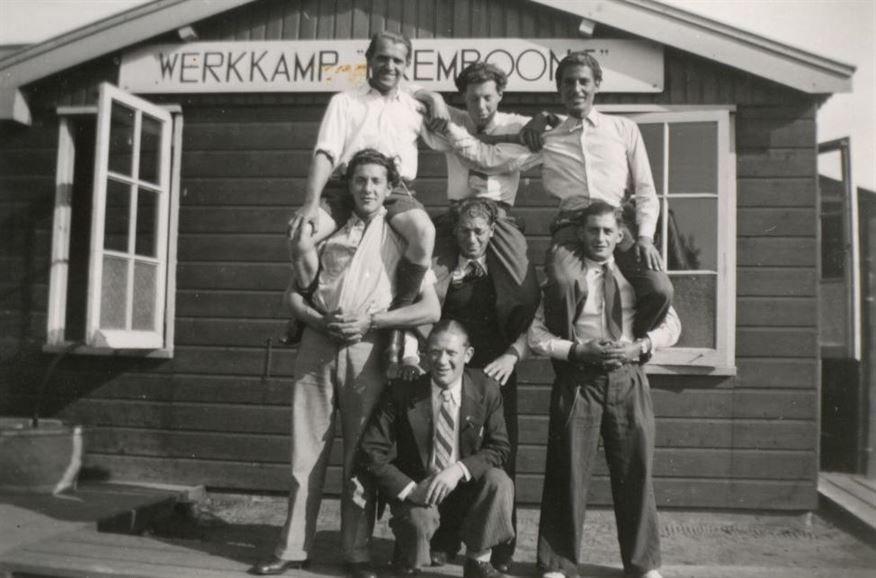Outside world
Residential settlement Schattenberg was fairly isolated. It was a living community that didn’t have a lot of contact with the outside world. In the beginning, the residents were ‘taken care of from the cradle to the grave’ by the Dutch CAZ (Commissioner for Care of the Ambonese, Commissariaat voor Ambonezenzorg). There was a school, a hospital, a theatre, a cinema, and a bathhouse. Merchants came to offer their merchandise or opened a store in the residential settlement when self-management was introduced.
Different positions in the settlement were filled by non-Moluccans. Teachers, technicians, nurses, and supervisors were Dutch people. For them, Moluccan culture was mostly an unknown one. As these people generally worked in the living community for multiple years, they did get to know it. This was in part encouraged by the traditional hospitality and friendliness of the residents. For the majority of these non-Moluccans, it was an unforgettable experience, which they often fondly remember with warmth and homesickness.
In the early days, contact with the world outside of the residential settlement was restricted to doing groceries in Assen, being admitted to and visiting a hospital or sanatorium, or school trips. Only the children who went to secondary education often came into contact with the Dutch culture. Sometimes, this could lead to some collisions and disagreements at home.
Only after self-management were introduced did the contacts increase. The majority of men got a job outside of the settlement. When it became clear that a temporary stay was an illusion, in the second half of the 1950s, Moluccan children were sent to host families during the summer holidays to get used to Dutch lifestyle habits.





